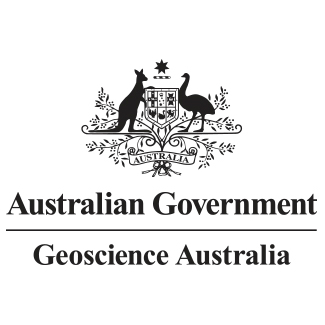Full description
The Surface Reflectance product has been corrected to account for variations caused by atmospheric properties, sun position and sensor view angle at time of image capture. These corrections have been applied to all satellite imagery in the Sentinel-2 archive. This is undertaken to allow comparison of imagery acquired at different times, by different sensors, in different seasons and in different geographic locations. These products also indicate where the imagery has been affected by cloud or cloud shadow, contains missing data or has been affected in other ways. Near Real-Time capability provides analysis-ready data that is processed on receipt using best-available ancillary information to provide atmospheric corrections.
Lineage
Maintenance and Update Frequency: continual
Statement: Top of atmosphere observations are sourced from a public collection managed by Sinergise Limited on behalf of the European Commission under the Copernicus Data and Information Access Services programme and published on Amazon Web Services. These datasets are processed using Geoscience Australia's bottom of atmosphere corrections methods with best ancillary data to provide a level two product.
Copernicus Australia is a regional hub supporting Copernicus, Europe's most ambitious and multifaceted Earth observation programme to date. The regional hub provides free and open access to data from Europe’s Sentinel satellite missions for the following South-East Asia and South Pacific region. The regional hub is established under an agreement between Australia and the European Union. Implementation of the hub is facilitated by arrangements between the European Space Agency, the European Organisation for the Exploitation of Meteorological Satellites and Geoscience Australia. The project is operated collaboratively by Geoscience Australia, Queensland Department of Science Information Technology and Innovation, New South Wales Office of Environment and Heritage, Western Australian Land Information Authority and the Commonwealth Scientific Industrial Research Organisation. The National Computational Infrastructure is contracted to implement and operate the master data repository.
To improve access to the region's archive of Sentinel 2 MSI data, image data correction is applied that incorporates normalising models to account for atmospheric effects, BRDF and topographic shading (Li et al., 2012). The approach has been applied to Landsat TM/ETM+ and OLI imagery with great success and is now extended to Sentinel 2 MSI SR products. The advanced supercomputing facilities provided by the National Computational Infrastructure (NCI) at the Australian National University (ANU) have been instrumental in handling the considerable data volumes and processing complexities involved with production of this product.
Surface Reflectance Correction Models
Image radiance values recorded by passive EO sensors are a composite of:
• surface reflectance;
• atmospheric condition;
• interaction between surface land cover, solar radiation and sensor view angle; and
• land surface orientation relative to the imaging sensor.
It has been traditionally assumed that Landsat imagery display negligible variation in sun and sensor view angles, however these can vary significantly both within and between scenes, especially in different seasons and geographic regions (Li et al., 2012). The SR product delivers modelled surface reflectance from Sentinel 2 MSI data using physical rather than empirical models. Accordingly, this product will ensure that reflective value differences between imagery acquired at different times by different sensors will be primarily due to on-ground changes in biophysical parameters rather than artefacts of the imaging environment.
Notes
Purpose
Surface Reflectance is based on radiance data from the Sentinel 2 Multispectral Imagers. Near Real-Time capability provides analysis-ready data that is processed on receipt using best-available ancillary information to provide atmospheric corrections. The near real-time data source is delivered as a rolling 30day archive of imagery.
![]()


